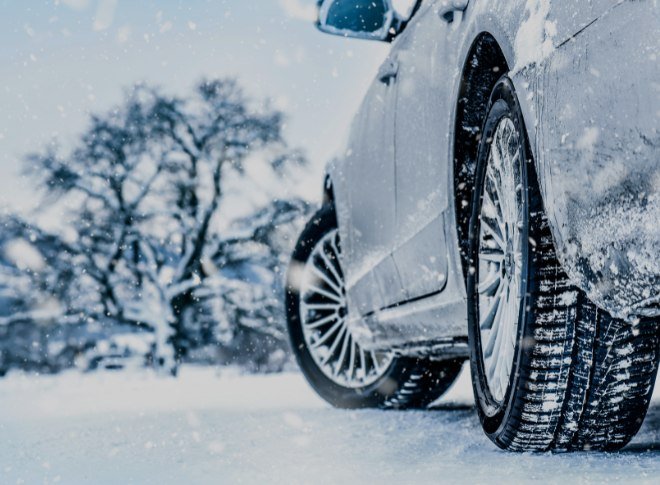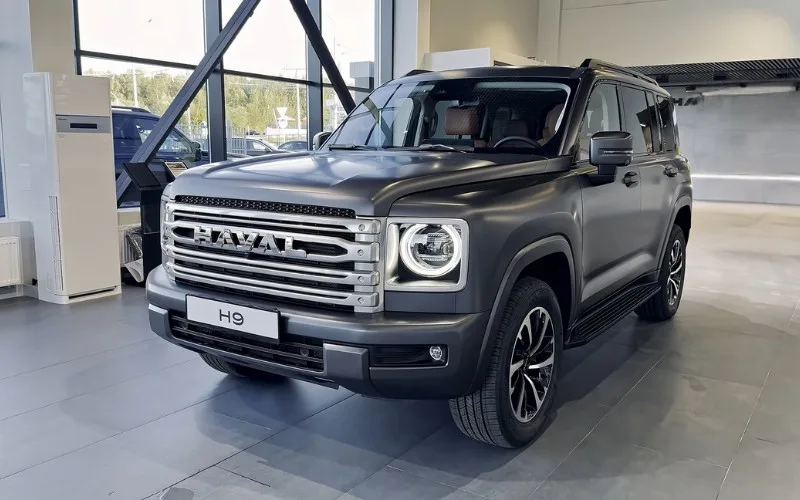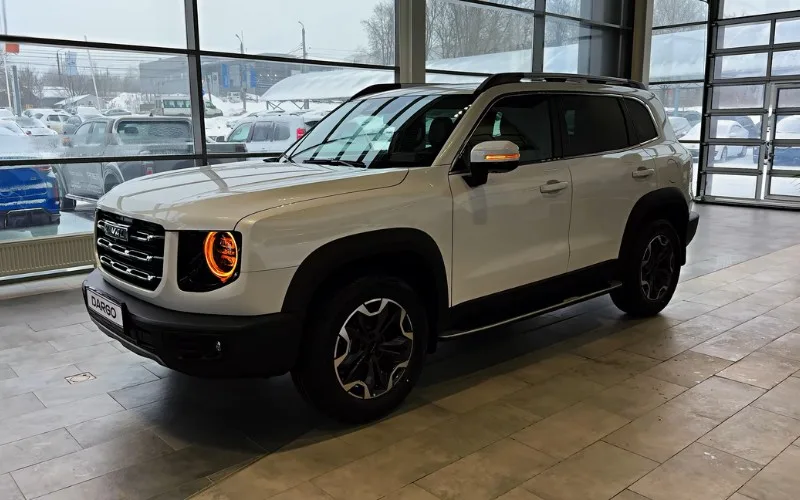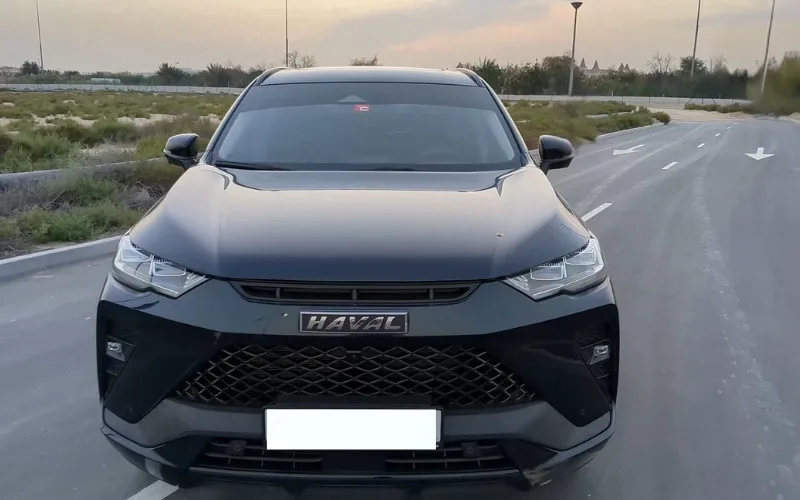If you live in a cold area, you know that the winter months are challenging when it comes to driving vehicles, but don’t worry, there are tips and best practices you can follow to survive the winter without a problem. In this blog, we will talk about some things you can do to survive the winter months in cold weather areas.
Proper Winter Tires:
Getting your car prepared for the winter months is making sure you have the proper tires. Now obviously, this is good for every vehicle. if you live in an area where you get frequent snowfall and roads get icy. You really should have proper winter tires on. All-season tires are useless in areas that have a lot of snow and ice on the roads. The first thing you need to do is get a nice set of winter tires. Put your winter tires on. when the ambient temperature averages below 40 degrees. That’s when the winter tires take effect. because not only do they have the right tread pattern for snow and ice, but they’re made of a different compound. The compound is specifically formulated for cold weather. and it remains flexible when it’s bitter cold out, whereas summer tires or even all-season tires get very stiff and they lose grip. So if you have a car and you live in an area that gets a lot of snow, if there are icy roads, Make sure to put winter tires on. It’ll make a huge difference. Tests have shown that winter tires on a two-wheel drive car perform better than vehicles that have all-wheel drive and don’t have the proper tires. It makes that much of a difference.
Recommended Tire Pressure:
In the winter, when the temperatures drop, so does your tire pressure. Once you see temperatures in the 30s consistently, check your tire pressure and add air to bring it back up to the manufacturer’s recommended pressure. Now, underinflated tires, number one, are unsafe. Because they don’t perform as well, they wear faster. so you’re going to wear your tires out. And number two, they’ll rob your car of a range. Underinflated tires create more friction. You’re not going to go as far, and that’s something in the winter that becomes a problem. So the easiest thing you can do is, early in the season, make sure you put some air in your tires. Get them back up to the manufacturer’s recommended pressure. and remove that problem out of the way.
Disable Auto-Folding Mirrors:
If your vehicle comes equipped with auto-folding mirrors. Now they can freeze up, and the motors can break if they’re trying to open or close. When it’s frozen, so many vehicles come with automatic folding mirrors. It’s usually in the setting where you can disable that feature, especially when you know that you’re getting into the season where you’re getting, uh, rain or snow. Then it freezes, then it thaws, then it re-freezes. Water can work into the mirrors, freeze up, and then when the mirror tries to open up or close in, it can break. You don’t want that to happen.
Service: Luxury Cars for Rent in Dubai
Brakes: If you’re driving your car in the snow, test your car’s brakes properly. Vehicles have very strong liftoff regenerative braking systems, and they slow the vehicle down dramatically when you let off the accelerator. That can be a problem, especially if you don’t have great winter tires on the car. It could initiate wheel slippage and a skid. So some people like to adjust the setting of their regenerative braking to a low setting. To make it less aggressive. When it’s icy roads, now that varies greatly from vehicle to vehicle, which is why I initially recommended that the first time you’re driving your car in the snow, you see road conditions. Test it out, drive, and lift off the accelerator to see how the regen grabs. If it seems like it’s too aggressive, put it on the low setting. so you have less aggressive regen now, which might be counterproductive for extending your range in the winter. But avoiding an accident is a little bit more important than squeezing out another two or three miles of range from the regen. that you have the energy you’ve recuperated through regenerative braking.
Parking Your Car In Sunlight:
Always try to park your vehicle in direct sunlight when you can. If you’re going to a shopping mall, or if you’re where you work, you must see the parking areas where there is more sunlight than others. Seek those areas out and park there, even if it means you have to walk a little further. You’ll thank us for the exercise, but it does make a difference. If you have the opportunity to park in direct sunlight as opposed to in the shade or indoors, use that. because just when the sun beats down on your car all day, the cabin’s going to be warmer. and the battery will be even warmer, so sunlight makes a difference.
Check Your Car Lights:
It is important to keep the lights well-maintained on your car during the winter season. In winter, as the sun goes down, the weather changes its nature and becomes more gloomy, and the level of observability decreases. To safely encounter these circumstances, you must ensure your car lights are examined and well-maintained consistently. Your vehicle’s lights must be bright enough to help you drive in low-visibility conditions. Aside from this, it would be better if you also cleaned the moisture that forms on the lights. Waxing the lights plays a vital role in clear visibility and appearance.
Check Your Car Battery:
For better results in the winter season, it is important to keep your car’s battery well-kept. We will give you a few important tips on how to save your battery. The most essential tip regarding how to make your battery stronger is to check the terminal fittingly, and if there is any corrosion, remove it. Battery capacity decreases in the winter season. Use a multimeter for a voltage checkup; the reading must be around 12.6 volts. insulate the battery with a blanket to keep it warm, especially in ice-cold regions. Long trips are good for the batteries to fully charge. Make sure, before leaving the vehicle, the light and all accessories must be turned off to protect your batteries from draining. If you are not driving the car frequently, just start the vehicle and let it run for a while to keep the batteries charged.
Engine Coolant:
To prevent your car from engine damage and freezing, it is important to maintain the engine coolant level. A combination of water and antifreeze will do the job for the engine to prevent it in low temperatures. The coolant-to-water ratio must be fifty-fifty. This combination provides a shield against low temperatures and ensures well-regulated heat transfer. Consistently examine the coolant level in the radiator and reservoir. Always make sure the coolant level is above the minimum mark; if the coolant level is below the minimum mark, it will cause overheating and freezing issues in your car. You need to examine the coolant leaks as well. In case of any leakage, address it quickly; it will save you from costly repairs later. To ensure optimal performance in the winter season, flush the cooling system to make it clean from debris or other contaminants. Proper coolant levels protect your engine from freezing and enhance its performance throughout the entire winter season. It will make your ride smooth and efficient.
Hose And Belt Inspections:
Inspecting the car hoses and belts is more important before the start of the winter season. These components are crucial for your engine’s operation. It is crucial to maintain your car during the winter. When the temperature goes down. The chances of wear and tear increase because, in low temperatures, they tend to weaken. Let’s talk about how to maintain belts and hoses in your car. a lot of times when somebody’s going in for frequent maintenance. It’ll take a little more time to get those items maintained. You must stay on top to make sure your belts are as new as possible without too much wear. and without too much rubber, it will rot. and the same thing with your hoses. These items connect those systems, whether it’s for your radiator, engine, or power steering. All of those fluids go through those hoses. and we want to make sure that they are free of defects, and they’re not dry-rotted, cracked, or leaking any fluids. because when one of those hoses goes, then the components become very expensive to repair. For example, a radiator hose cracks and causes something to overheat, and creates an issue with your engine No one wants that to happen with their car. Simply you need to take care of your vehicle belts, serpentine belts, drive belts, AC belts, accessory belts, and all of the hoses that connect the major components of your vehicle, to avoid problems.
Viper Blades:
If you know that your vehicle is going to be parked outside. Before it snows, it’s always a good idea to lift your wiper blades and keep them away from the windshield. That’ll make it easier to lift the wiper blade. So you can scrape the ice off the windshield.
Conclusion:
With winter weather, you want to take a good look at your car. That’s because the colder temps and icy roads can really impact your vehicle. But before that happens, here’s how to help you stay in shape with your car, and save you money at the same time. Tips to tackle the season.
Pick wiper blades with few contact points, meaning if possible, avoid the cheapest. In this instance, it’s better to spend a little bit more to save yourself in the long run. Checking the air pressure and tires is a very sensitive matter. If the temperature cools down, the air pressure goes down as well. Get your brakes inspected. if there is any issue as soon as possible resolve it. The next thing you need to know is if you’re sliding or skidding around on the road, it causes more grief. Check your battery a lot of times. examine how old the battery is. if your battery is too old, replace it with a new one before the arrival of the winter season. To prevent your car from frozen locks, use pre-spray which prevents your car from ice building on it.






